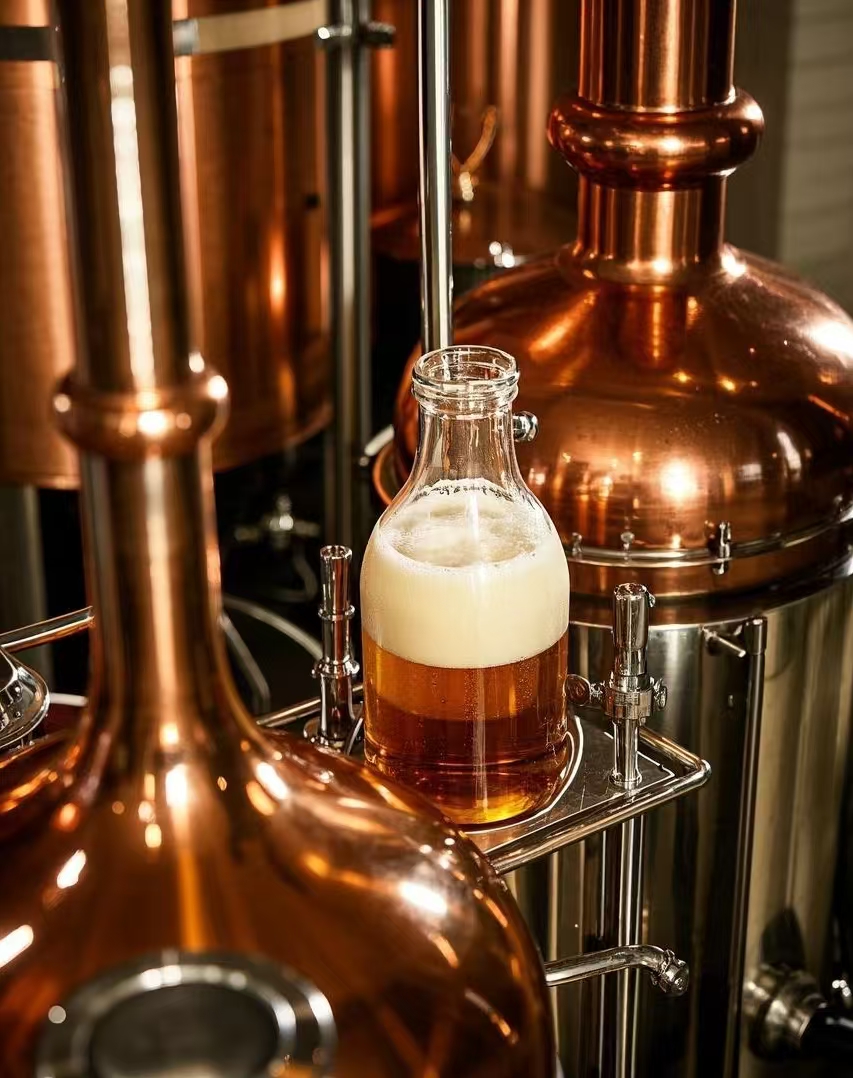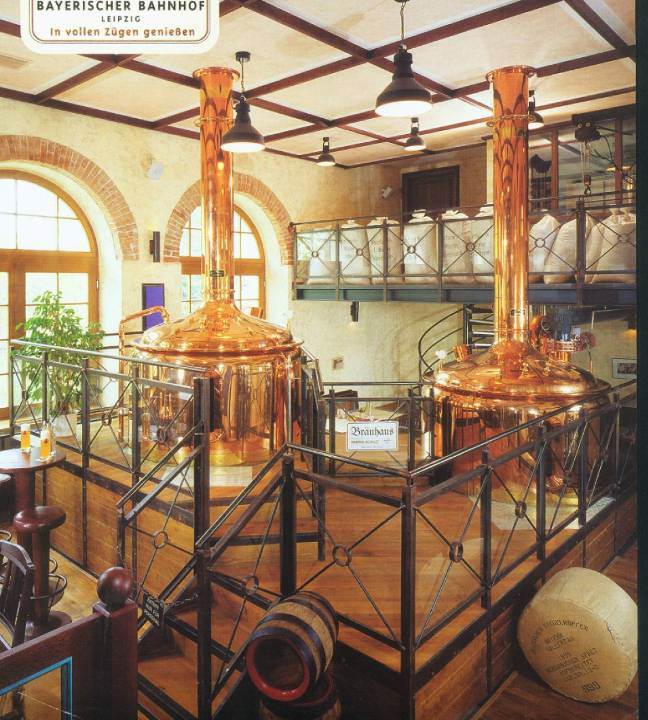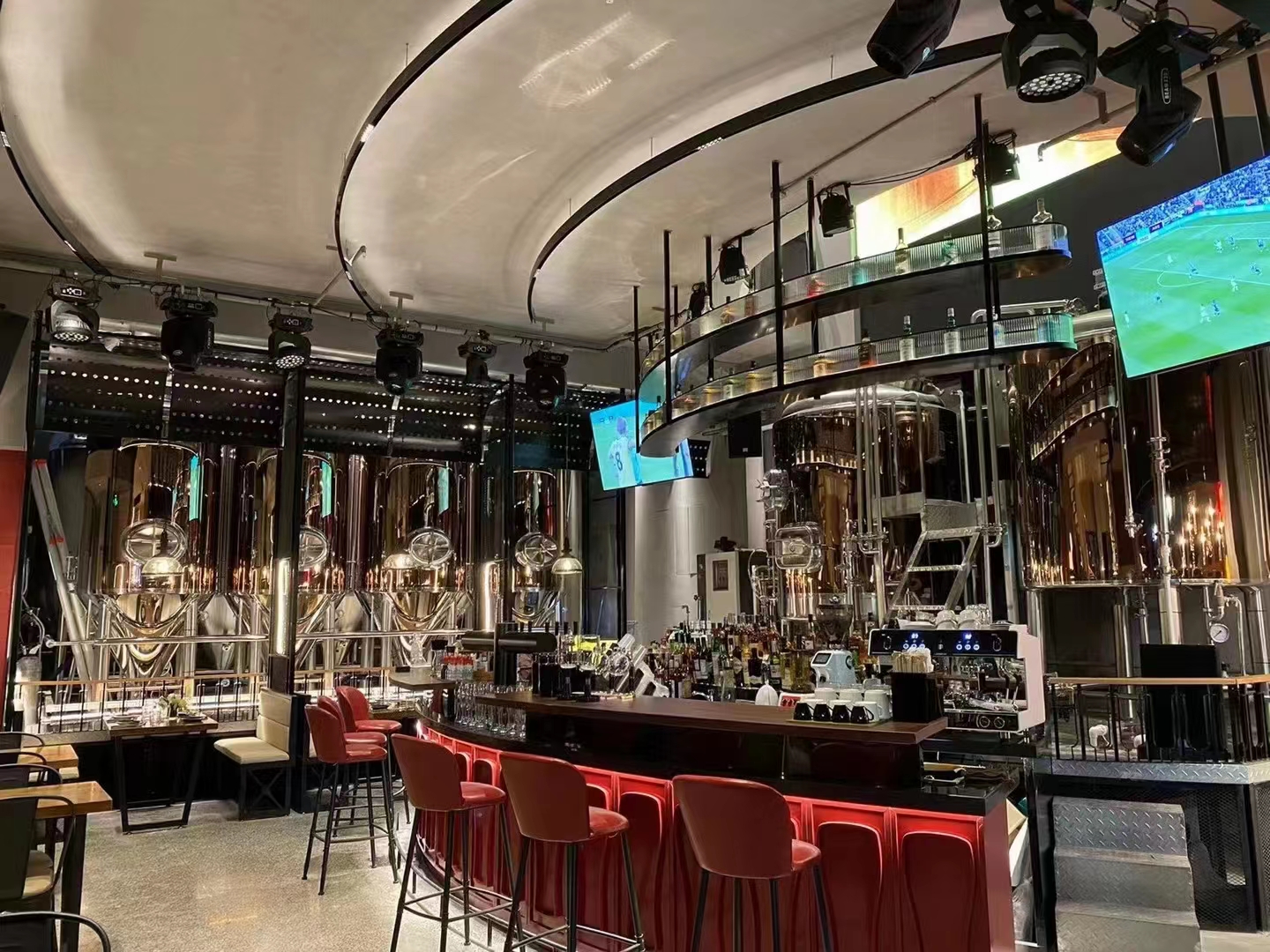1. Brewing capacity adaptation: select equipment according to the size of the bar and customer flow. If there are many people in the store and the sales volume is large, large equipment with a daily output of more than 100 liters is more suitable; if the bar is small, small equipment with a daily output of dozens of liters is enough to ensure fresh supply without waste.

2. Quality determines the taste: the quality of the equipment is critical to whether the craft beer is good or not. High-quality brewing tanks can accurately control the temperature, ensure stable fermentation, and produce a mellow taste and rich aroma; inferior equipment may cause the beer flavor to be lost, or even have a miscellaneous taste, which will damage the bar's sign.

3. Convenient maintenance: The equipment is simple to maintain in the later stage, which can save a lot of worry and cost. Equipment with reasonable structural design and easy disassembly and cleaning can reduce the difficulty and frequency of maintenance, allow the equipment to operate stably for a long time, and reduce the losses caused by failures.

4. Personalized functions: If you want the bar beer to be unique, choose equipment with personalized functions. For example, you can flexibly adjust the brewing process to meet the brewing needs of different flavors of beer, so that customers can taste the unique flavor that they can't drink elsewhere, and increase the attractiveness of the bar.



